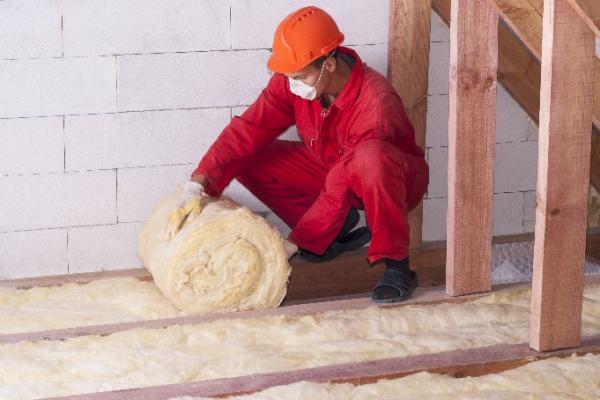High Court Rules on Energy Efficiency and Loft Insulation
In a recent High Court case a manufacturer argued that existing loft insulation methods do not meet environmental protection targets. The case focused on the duties of energy suppliers to reduce carbon dioxide emissions and ensure that their customers’ homes are energy efficient.
The manufacturer produced a product used to insulate loft hatch covers. It argued that only such a proprietary product could achieve the level of insulation required to comply with environmental rules and the Building Regulations 2010.
The existing method, involved insulating loft covers with plastic pillows filled with the same insulating material as elsewhere in lofts. The manufacturer argued that this left gaps in insulation cover and, therefore, did not meet legal requirements that the entirety of a loft space must be covered by insulation.
The Gas and Electricity Markets Authority (GEMA), the body that bears responsibility for administering a government scheme whereby energy providers are required to invest heavily in the installation of energy efficient measures – including loft insulation – in clients’ homes had approved the existing method,
The High Court dismissed the manufacturer’s case, finding that its arguments had no substance.
The relevant regulations could not, said the Court, be read as prohibiting any gaps in loft insulation, and the interpretation put upon the regulations by the manufacturer was in other respects wholly unrealistic.
The Court stated that, due to the unexplained and considerable delay in launching the challenge it would have refused all but declaratory relief, even if the manufacturer’s case had been successful.
The relief sought, if granted by the Court, would have required energy suppliers to carry out further work on a substantial number of lofts that had already been insulated.
May-Lean & Co Limited v The Gas and Electricity Markets Authority
